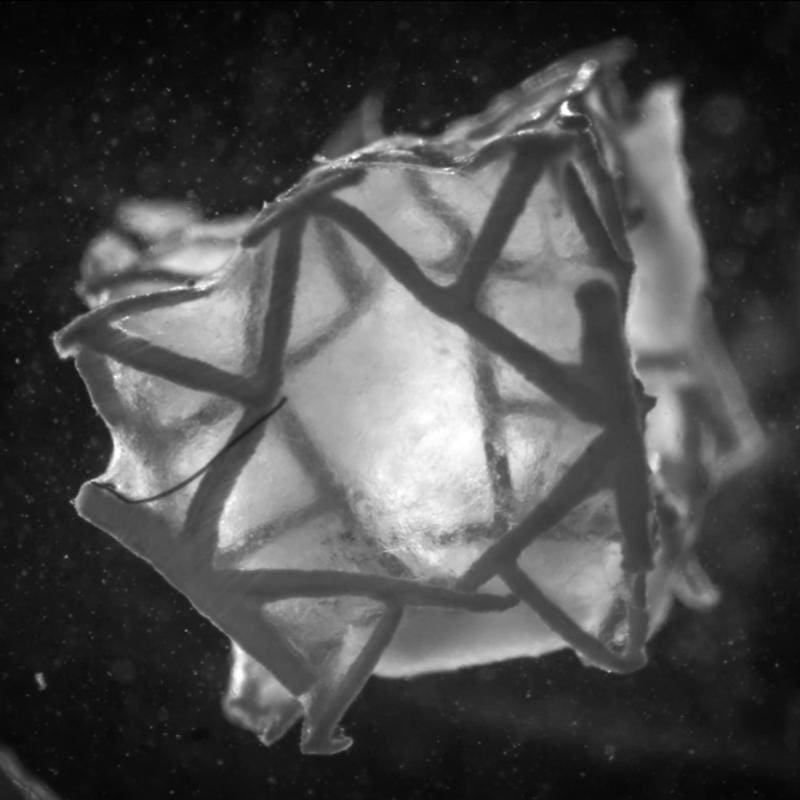New heart patch from Zurich: Healing instead of mere closure
An interdisciplinary research team from ETH Zurich and the University Hospital Zurich has developed an innovative heart patch that not only closes defective areas in the heart, but could heal them in the long term. Under the direction of Professor Robert Katzschmann and Professor Omer Dzemali, the so-called “Reinforced Cardiac Patch” (RCPatch) was presented in the journal Advanced Materials .
Heart attacks can cause damage to the heart muscle due to a lack of oxygen, which in severe cases leads to tears in the heart wall. Currently, such defects are treated with patches made of bovine pericardium (BPPs), which are stable and easy to implant, but have significant disadvantages: They are biologically inactive, remain in the body as foreign bodies and can trigger calcifications, thrombosis or inflammation.

The RCPatch offers a promising alternative. It consists of three components: a fine-meshed mesh to seal the defect, a 3D-printed, degradable polymer scaffold for stability, and a hydrogel colonized with heart muscle cells. The scaffold is made in a 3D printer and filled with the hydrogel, which connects to the surrounding heart tissue. After the integration of the cells, the scaffold dissolves completely, leaving no foreign body.
Initial preclinical tests on pig models were successful: The RCPatch closed artificially created defects in the left ventricle, withstood high blood pressure, prevented bleeding and restored heart function. The results lay a solid foundation for the further development of an implantable, tissue-based patch for human use.
The research team plans to test the stability of the material in longer animal studies and to further optimize the technology. In the long term, the RCPatch could not only repair heart defects, but also promote heart healing by regenerating the tissue ã a significant advance in the treatment of myocardial damage.
Editor: X-Press Journalistenbû¥ro GbR
Gender Notice. The personal designations used in this text always refer equally to female, male and diverse persons. Double/triple naming and gendered designations are used for better readability. ected.




